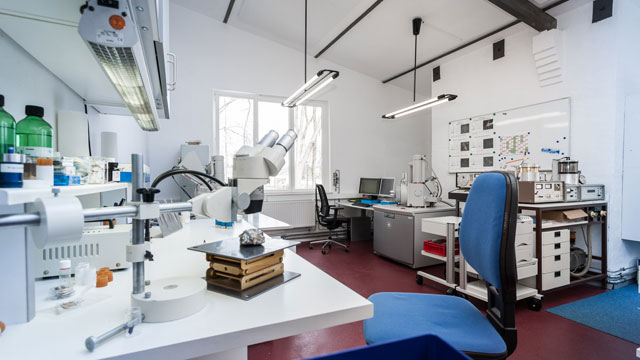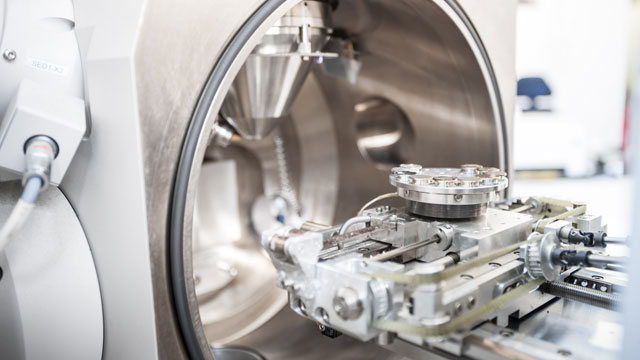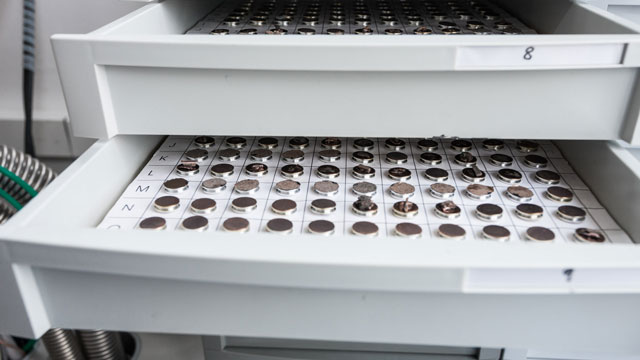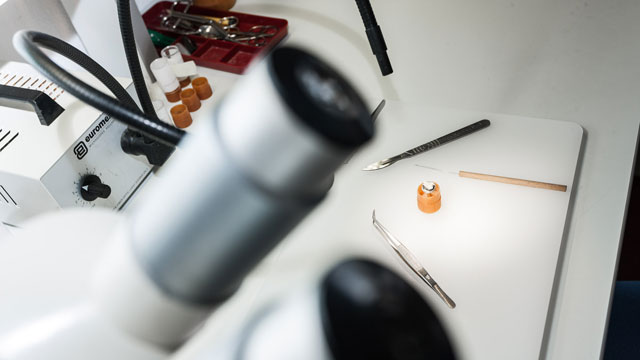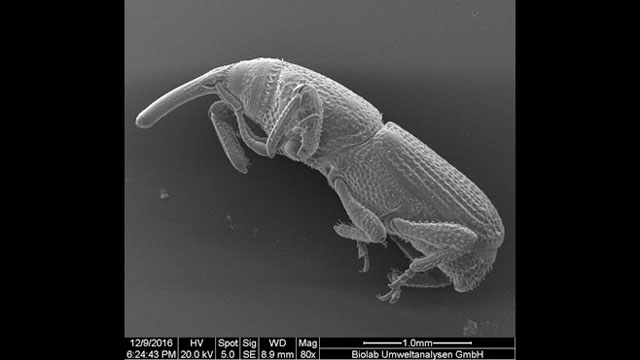Asbestos and fibre analysis
Asbestos, a fibrous mineral raw material, displays a number of useful characteristics – including resistance to heat and flames, good insulation properties, high surface energy, high tensile strength, etc. Due to its fibrous nature, asbestos proved easy to process, making it the material of choice for a wide range of civil engineering products (e.g. fibre cement panels, PVC flooring, light-weight panels, industrial screed, wall coatings, plaster, etc.).
We examine material specimens and samples, dust samples and air samples for asbestos and/or man-made mineral fibres. All examination methods have been accredited by Deutsche Akkreditierungsstelle (DAkkS), Germany’s National Accreditation Body.
Material specimens and samples (building materials, technical products, raw materials) examined for asbestos to VDI Guideline 3866, Sheet 5, as well as for man-made mineral fibres, including testing for evidence of WHO respirable fibres.
Indoor air samples examined for asbestos and/or man-made mineral fibres to VDI Guidelines 3492 (status quo, control and clearance measurements) and 3861, Sheet 2 (equipment exhaust measurements) BGI/GUV-I 505-46 (workplace exposure measurements) as well as to the pertinent international standard, ISO 14966.
Dust samples/ dust particles on adhesive tape examined for asbestos and/or man-made mineral fibres (including evidence of WHO respirable fibres).
Quantification of asbestos content as per BIA method 7487 in building materials and asphalts, optionally conducted to the specifications of TRGS 517.
Determination of the carcinogenicity index for exposure to man-made mineral fibres as per BIA method 7488.
For your own safety and the safety of our employees, please ensure that you use a suitable sampling container.
The following list contains the most frequently occurring asbestos-containing products. The completeness of this list is not guaranteed and should rather serve as orientation for the analysis order.
In addition, please note that asbestos-free variantsof most of the materials listed also exist . The materials in question are mainly those used between 1945 and 1993 (peak of asbestos production in 1974).
For many sample materials, the determination of other parameters is necessary in addition to the asbestos analysis (e.g. PAH, phenol index, etc.). We will be happy to provide you with advice in this area.
Examination according to VDI-3866, sheet 5 (fracture edge, target preparation; estimated detection limit ≈ 1 wt.%)
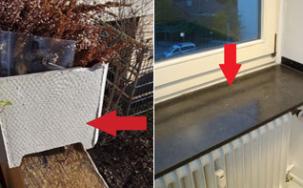
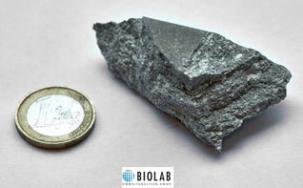
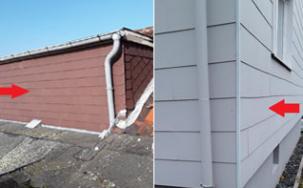
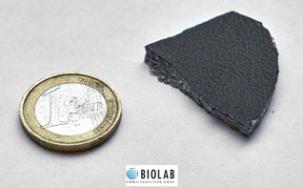
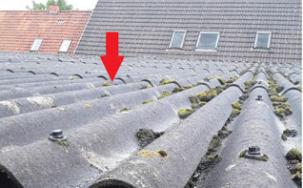
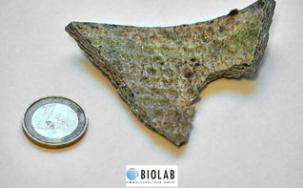
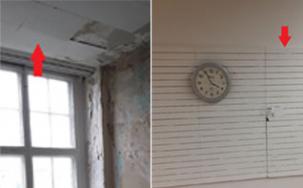
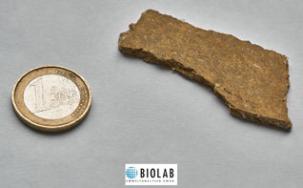
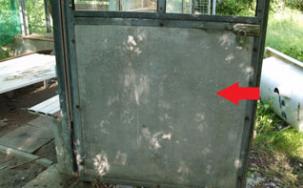
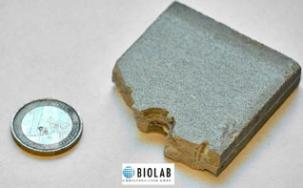
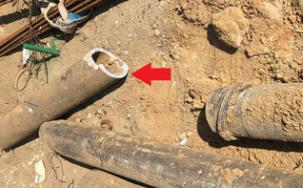
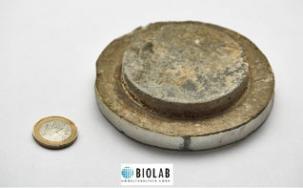
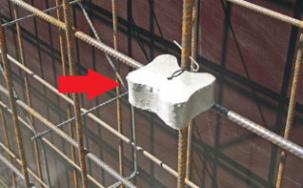
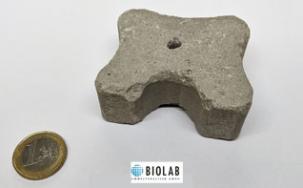
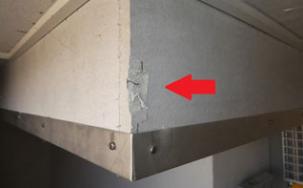
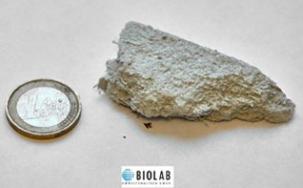
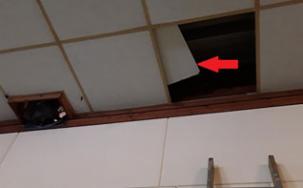
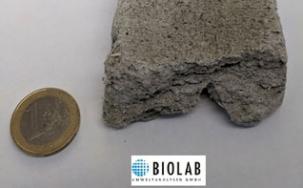
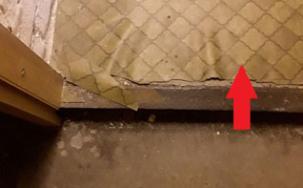
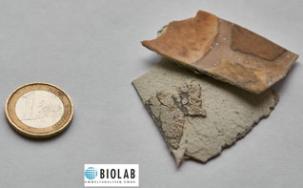
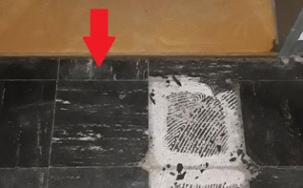
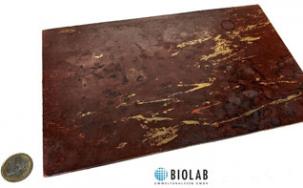
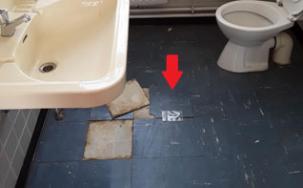
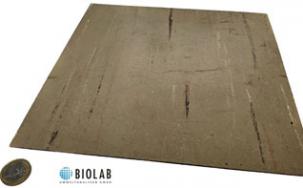
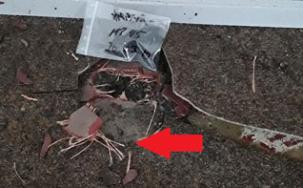
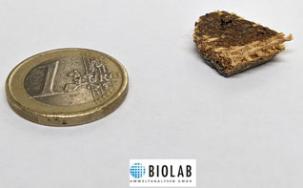
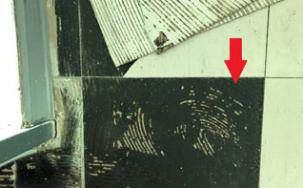
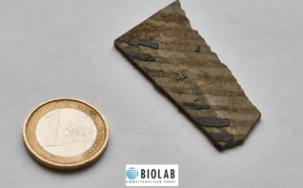
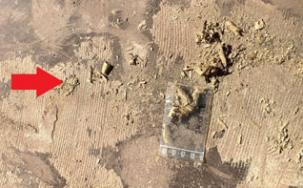
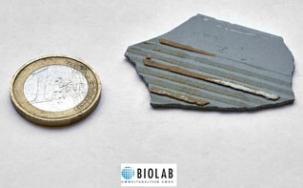
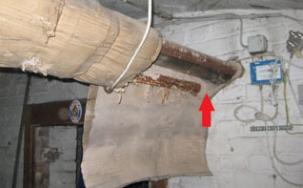

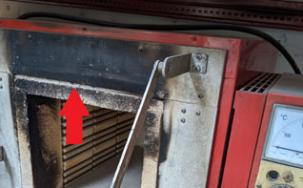
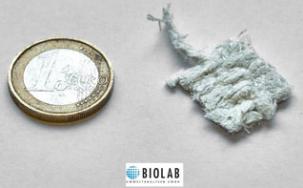
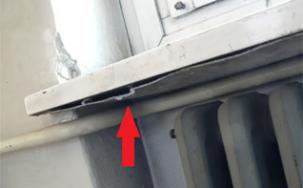
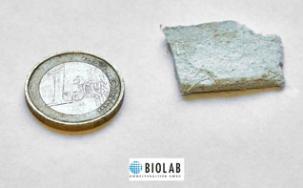
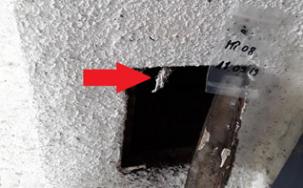
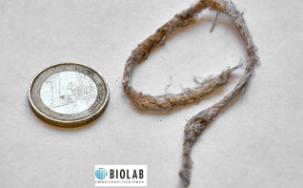
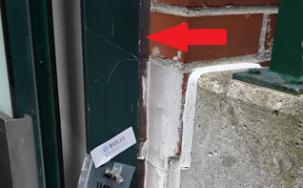
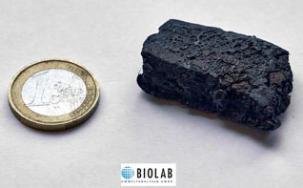
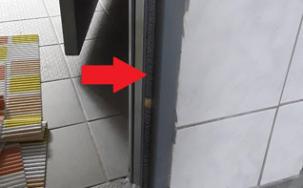
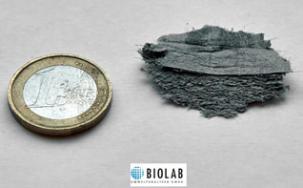
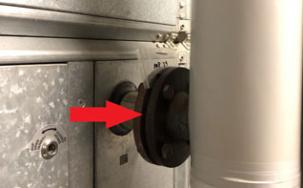
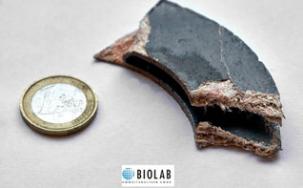
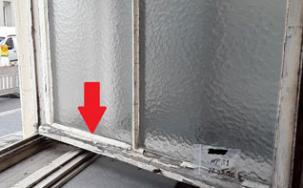
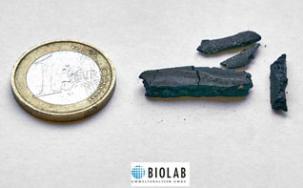
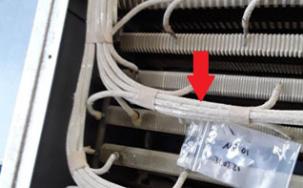
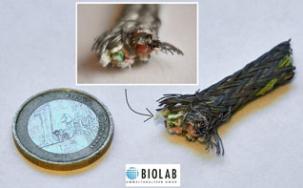
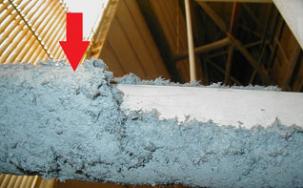
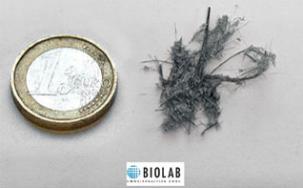
Examination according to VDI-3866, sheet 5 (scatter preparation; estimated detection limit ≈ 0.1 wt.%), as well as Examination according to VDI-3866, sheet 5, appendix B (suspension or
filter preparation; estimated detection limit ≈ 0.001 wt.%)
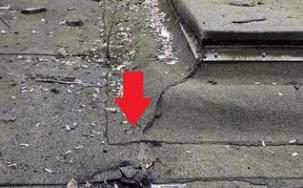
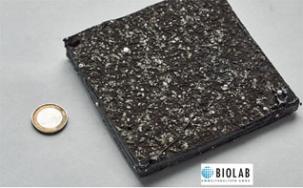
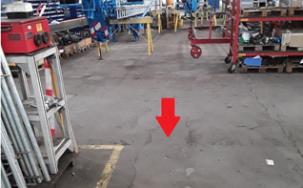
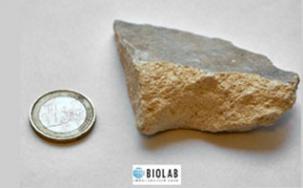
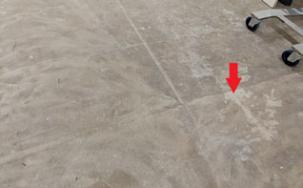

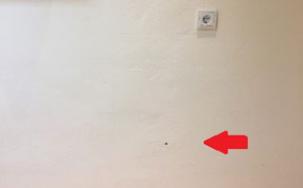

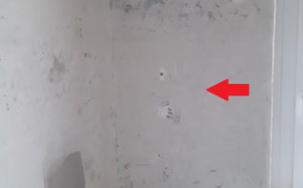

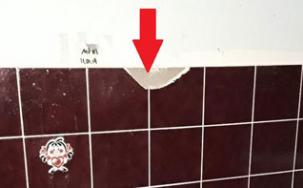
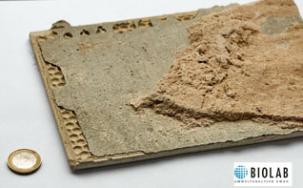
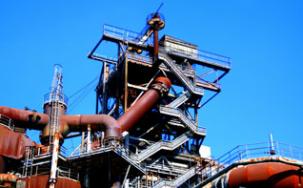
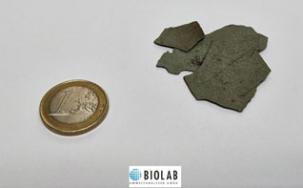
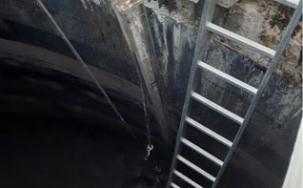
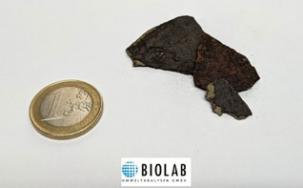
Quantitative determination of low mass fractions of asbestos in road asphalts, raw materials and construction waste
In Lower Saxony, the exact determination of the mass fraction of asbestos is mandatory for the processing, disposal and possible reuse of bituminous road pavements. This results from the fact that, in addition to other mixture components, mineral raw materials were frequently used as fillers here, which may contain small natural proportions of asbestos minerals (basic magmatites such as gabbro, diabase, basalt). Asbestos was therefore not used because of its technical properties. Rather, it represents only a technically irrelevant secondary aggregate of the fillers used. In contrast to the technical products, asbestos mostly occurs as minerals of the amphibole group: Tremolite, Actinolite, Amosite and Anthophyllite.
For disposal as non-asbestos-containing waste or for possible reuse of the material, the limit value of 0.1% by weight specified in the Ordinance on Hazardous Substances must be undercut.
Furthermore, road surfaces with a mass fraction of respirable asbestos fibers of 0.008% or more may only be processed under special protective measures (e.g. chiseling, milling)
The analyses required for this are carried out on our premises according to the following test method:
IFA workbook 7487: (limit value for disposal: 0.1 wt.%)
Method for the analytical determination of low mass contents of asbestos fibers in powders, powder and dusts with SEM/EDX ("BIA method").
In this method, the samples are prepared and homogenized by freezing and crushing, depending on the condition of delivery. A representative portion is annealed at 400 °C to remove organic components that interfere with the analysis. The annealing residue is ground to a particle size of < 100 µm. A portion (20 mg) of the powder is placed in suspension and this is filtered onto a core pore filter (nominal pore diameter 0.2 µm) vaporized with gold. The filter surface is then examined for asbestos fibers.
If the material is to be examined with regard to falling below the limit value of 0.1 wt.% for landfilling or reuse, all fibers with a length of > 5 µm and a length/thickness ratio > 3 are evaluated.
If the limit value of 0.008 wt.% of respirable fibers is to be investigated with regard to occupational health and safety, the requirements of the following guideline also apply:
Technical rules for hazardous substances TRGS 517: (limit value for occupational health and safety: 0.008 wt.%)
Activities with potentially asbestos-containing mineral raw materials and mixtures and products made from them Detailed information on the analysis methods can be found here.
Here, only fibers with a diameter D < 3 µm (WHO fibers) are considered for the calculation of the measurement result.
For the analysis, the samples can be offered in different forms and quantities: As cores, broken up, pre-crushed granules, in powder form. The customer is requested to ensure that the sample handed over to BIOLAB is representative of the total quantity to be processed. We will be pleased to advise you on this, or to carry out the sampling for you.
After prior preparation, qualitative detection of asbestos can be carried out on all sample materials. In the case of subsequent quantification, the costs for preparation are charged
The described methods can also be applied to other materials with expected low asbestos contents, should a question arise in this regard: Plasters, fillers, screeds, bituminous roofing membranes, construction debris.
The quantitative content of artificial mineral fibers as defined by the WHO can also be determined on all sample materials using the above methods.
In principle, these analysis methods can also be applied to all materials with low asbstos contents (e.g, plasters, etc.).
We ask you to use plastic bags with a zip/pressure seal (Fig. 01) as small as possible for your material samples, adapted to the contents. Carefully tightened/pressed is usually sufficient to transport the sample safely. Further gluing of the closure is only necessary in rare cases. In this case, however, a repacking of the bag to secure the contents can also help.
The use of glass containers, for example, leads to potential contamination of the workplace and samples, as the sample must be transferred from the glass container into a plastic bag by our staff for archiving. In addition, glass may shatter during transport. Suitable plastic bags are more resistant and allow a safe transport.
The required sample quantity can be found in the asbestos product information. However, these only apply if you order the asbestos analysis only. If other analysis parameters are added, we ask you to send more sample material accordingly (see Analyses and their sample quantities).
To avoid cross-contamination of samples, samples should generally be packed individually.
Here is an example:
You would like to have a pipe sheathing made of gypsum and an attached insulation wool (Fig. 02) tested for asbestos and artificial mineral fibers (AMF) according to the WHO definition. If you were to store both materials together in a bag (Fig. 03, 04), both samples would contaminate each other. As a result, it would not be possible to make a clear statement as to whether the gypsum coating also originally contains AMF or only as a result of contamination.
In case of mineral construction materials (e.g. plaster, tile adhesives, fillers, etc.), it is possible to have up to five similar materials tested in one mixed sample. However, we ask you to pack each sample individually so that the mixed sample is prepared properly in the laboratory. This ensures that each sample is tested in equal proportions and that a meaningful result can be delivered. In addition, in the event of a positive result, each sample can be examined again individually to find out exactly which one contains asbestos.
| Figure 01: Sample bags with zip/print closure in different sizes. | Figure 02: Pipe sheathing made of gypsum with AMF insulation |
| Figure 03: Different samples packed together. This is an unfavorable variant of packaging, as the samples contaminate each other. | Figure 04: Different samples packed individually. This is the correct variant of packing samples. |
In addition to examining for asbestos and/or man-made mineral fibres, scanning electron microscopy – in conjunction with energy-dispersive X-ray micro-analysis – provides a wide range of additional applications, such as:
High-resolution surface imaging (e.g. metals, glass, corrosion structures, ruptures, plastics).
Chemical identification of impurities (e.g. inclusions in glass, blooming of ceramic products and building materials, corrosions layers, faults in electronic circuits, etc.).
Chemical identification of very small sample quantities (deposits in production areas, on worktops, etc.).
Element mapping (e.g. examination of welds, solder joints, metals and alloys, etc.)
Our labs are provided with five scanning electron microscopes (SEM)
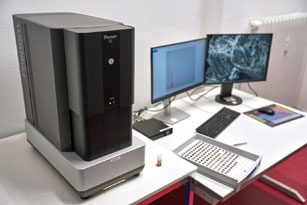
PHENOM XL & PHENOM XL
(2nd generation)
In April 2019, the Phenom XL desktop scanning electron microscope was acquired. This instrument from the manufacturer Phenom World, which can also be used in mobile applications, is equipped with secondary electron detector and EDX detector technology. The SEM also features a large sample chamber (up to 36 samples) and fast sample changes.
Due to the Phenom XL's strong performance, two additional Phenom XL (2nd generation) scanning electron microscopes were purchased in December 2020 and July 2021. In addition to the powerful features of the previous model, the 2nd generation instruments offer an optimized user interface.
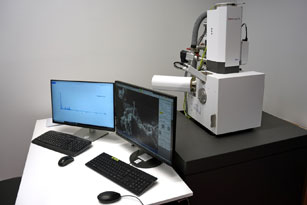
Axia ChemiSEM
The Axia ChemiSEM (ThermoFisherSCIENTIFIC) is our newest scanning electron microscope in the instrument inventory (2022). The sample chamber as well as the adjustable sample stage (up to 36 samples) allows the analysis of larger samples. A special feature is its ColorSEM technology. It transforms SEM imaging into a color technique using live EDS with live quantification.





